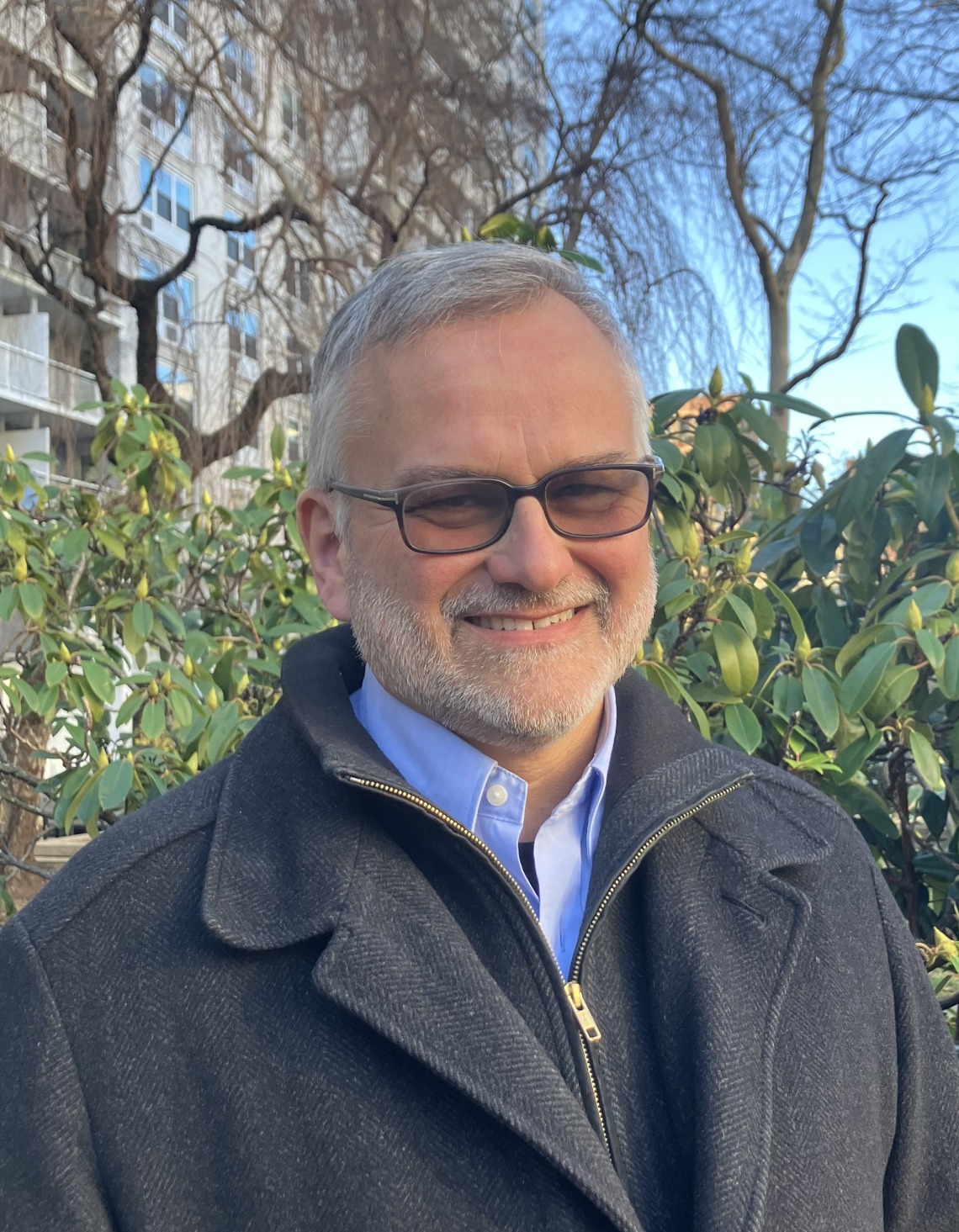Dennis Zaritsky: Galaxy’s Edge

UArizona astronomer receives Tinsley Prize for his innovative observations probing the structure and evolution of galaxies
On the morning of January 11, 2024, Dennis Zaritsky, Deputy Director and Astronomer at Steward Observatory, received the Beatrice M. Tinsley Prize from the American Astronomical Society, in recognition of an outstanding research contribution to astronomy or astrophysics, of an exceptionally creative or innovative character.
Zaritsky studies the hidden parts of galaxies—not the easily visible galactic center, but the massive and mysterious halo that surrounds each galaxy, made up of dark matter, diffuse gas and dim stars that are hard to track down. He picks up clues about the nature of galaxy halos by studying the spectra taken of other galaxies. Unique galaxy halo signatures will appear along the line of sight to the target galaxy, like different-colored theater gels stacked in front of a light. Using exposures of galaxies from the Sloan Digital Sky Survey, Zaritsky can unveil the many layers of spectrographic information about neighboring galaxy halos embedded in each observation. A typical exposure from the Sloan Survey spends about 45 minutes per exposure, but by combining them, “we had effective observations that were millions of hours long,” Zaritsky says.
Finding inventive solutions like this is one of Zaritsky’s greatest joys in his research. “People outside of science tend to see the arts as being creative, and science as just calculating things, but it really can be quite creative,” Zaritsky says. “That's the part I enjoy the most.”
Zaritsky’s artistry is helping paint a better picture of the dimly-lit story of galaxy evolution. By pinpointing hard-to-observe elements of galactic halos like dark matter, gas and dust, Zaritsky is honing an understanding of how galaxies accrete mass and create new stars.
Dennis began this research as a graduate student at the UArizona Department of Astronomy, where he wrote his thesis on dark matter in galaxy halos. He was drawn to the amount of freedom that graduate students at Steward Observatory are given to shape their studies. The Department of Astronomy continues to offer an “exciting place to work,” he says. Zaritsky admires “the breadth of the science that is done, the telescope access, and the very open attitude” toward researchers pursuing their curiosities. The observatory has a strong legacy of scientists who began their UArizona time as graduate students and have since stepped into roles as leaders and faculty, including Buell Jannuzi, Head of the Department of Astronomy and Director of Steward Observatory. Of Zaritsky’s Tinsley Prize, Jannuzi says “I’m thrilled the AAS is recognizing Dennis’s creativity and impactful research. We are fortunate that such a talented researcher is also willing and able to contribute so effectively to our teaching mission as well.”
In looking ahead to what’s next, Zaritsky describes the challenge of dust: the diffuse, smoke-like material that floats in the space between stars. Zaritsky is currently working with international collaborators to use the Large Binocular Telescope Observatory (LBTO)—with enormous twin mirrors made at the Richard F. Caris Mirror Lab below the UArizona football stadium—to investigate cosmic dust. The team plans to resolve exceptionally deep images of nearby galaxies—deeper even than the Vera C. Ruben Observatory aims to take in its upcoming decade-long Legacy Survey of Space and Time. They will be measuring the quantity, structure, and distribution of dust to look for trends and to visualize how far the dust extends.
This will have implications for many of the most advanced earth- and space-based telescopes, which focus on the most faraway objects in the universe. Understanding the ways that dust constrains visibility (what Zaritsky calls the “veil of extinction ”) may also lead to better modeling for how to pierce the veil for a clearer view of our distant origins.

